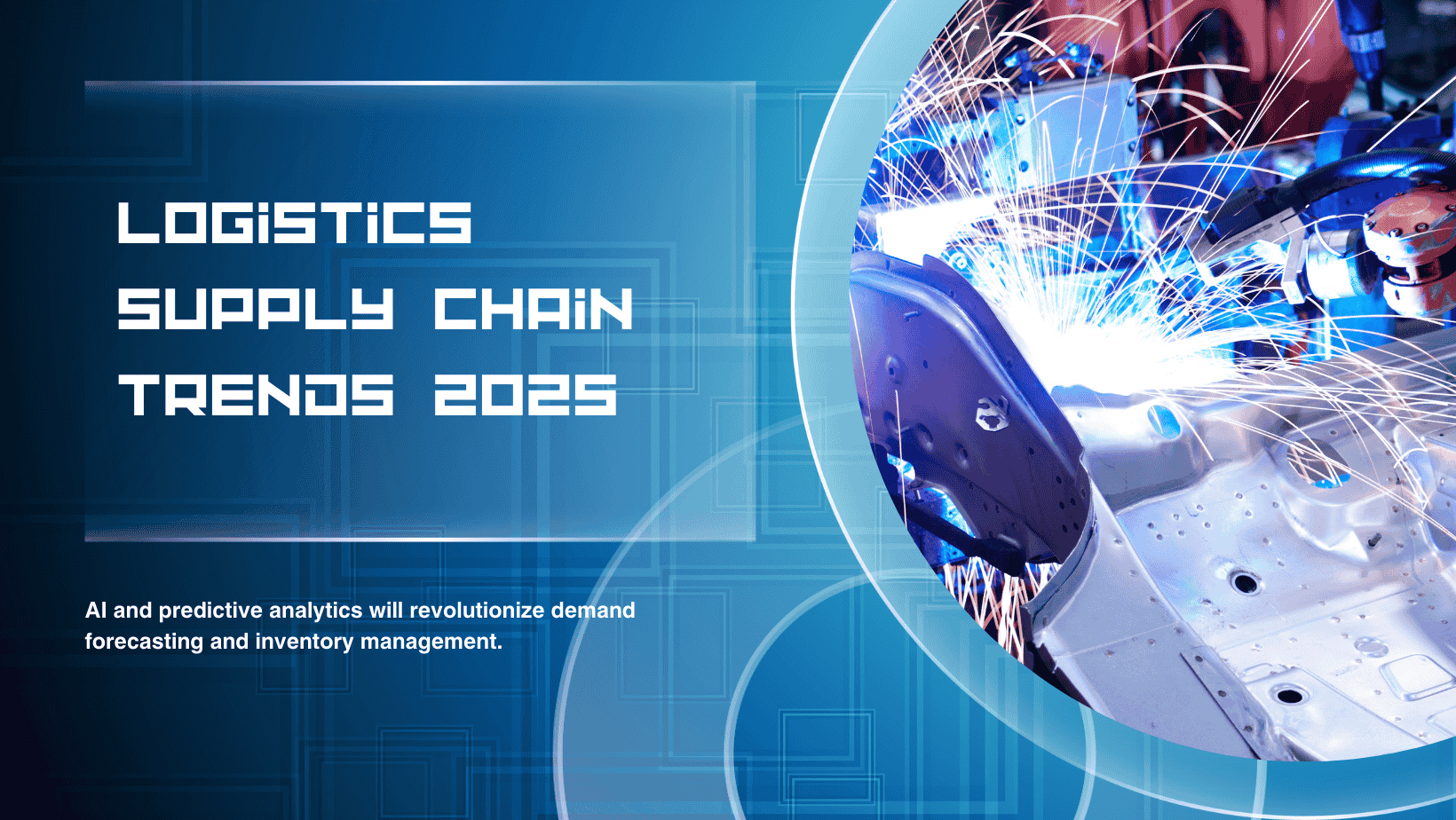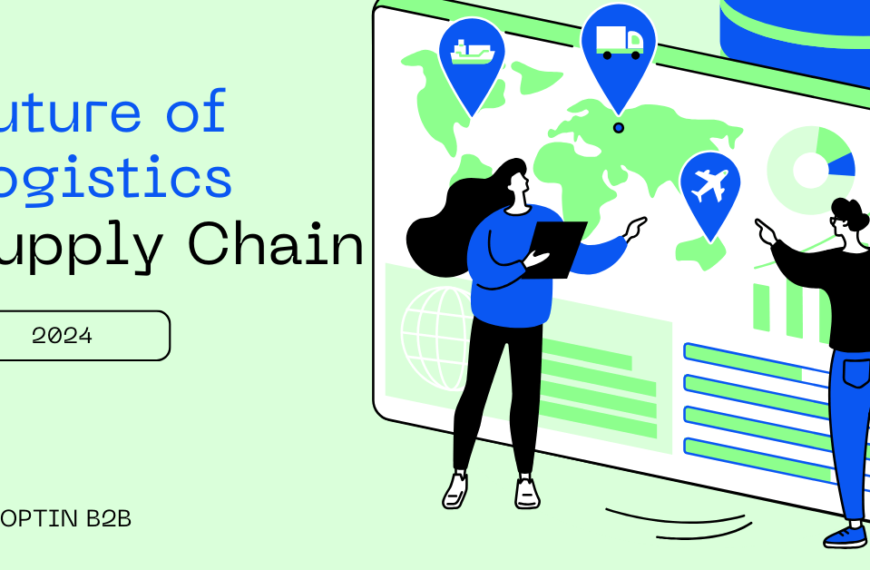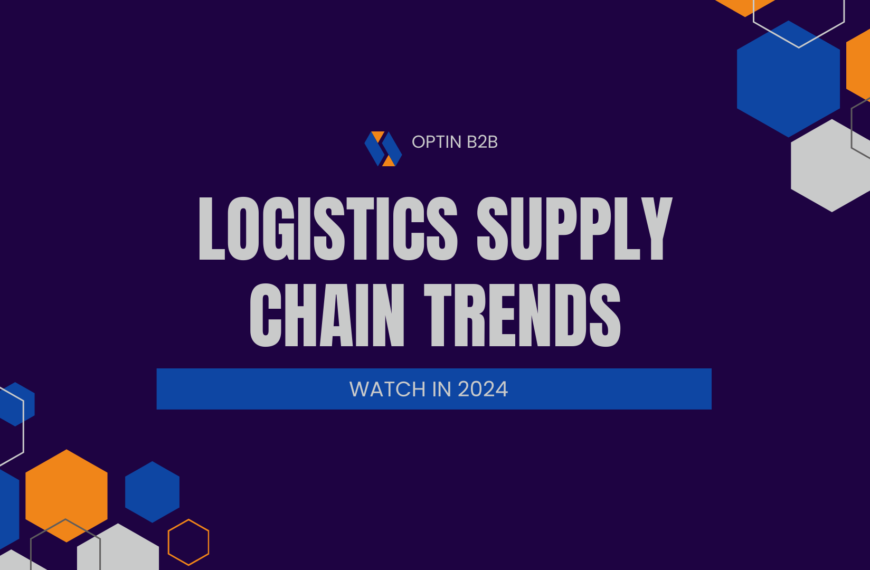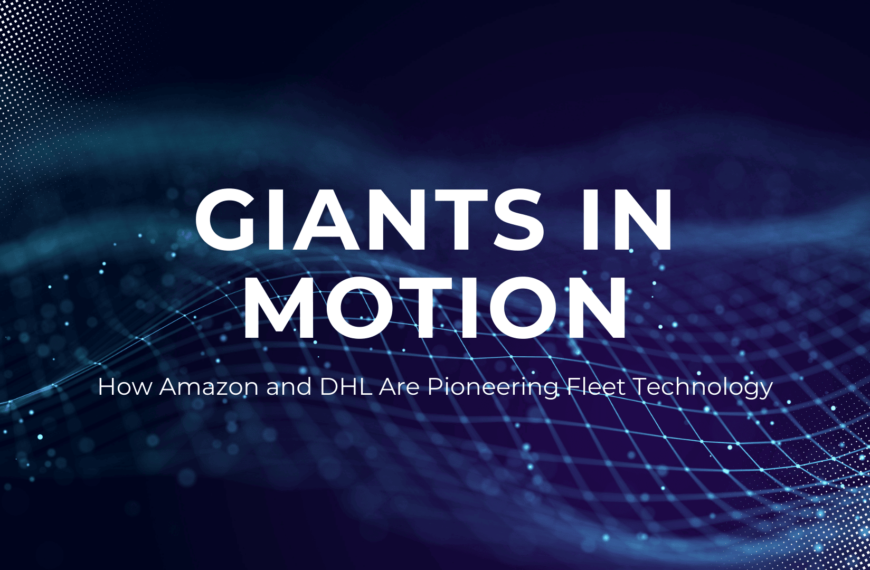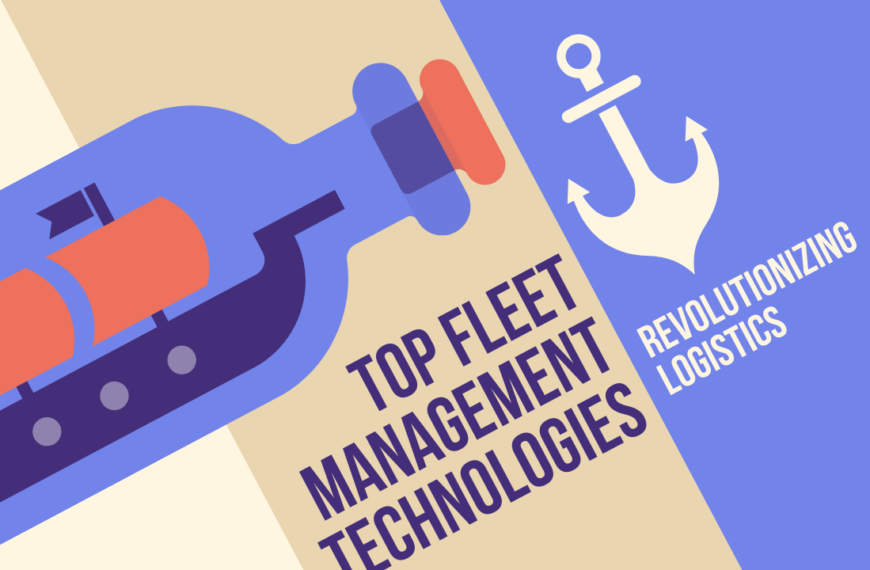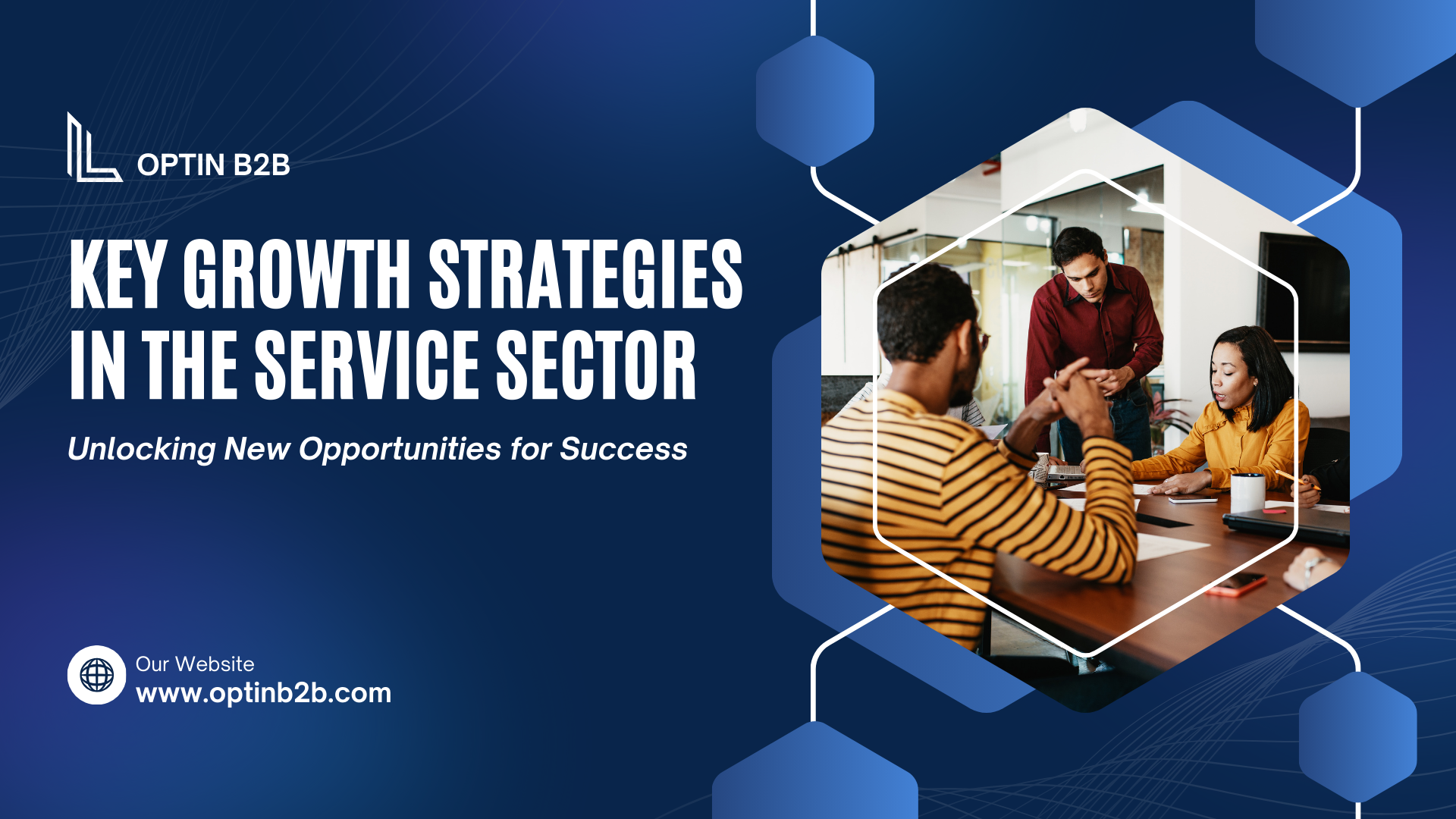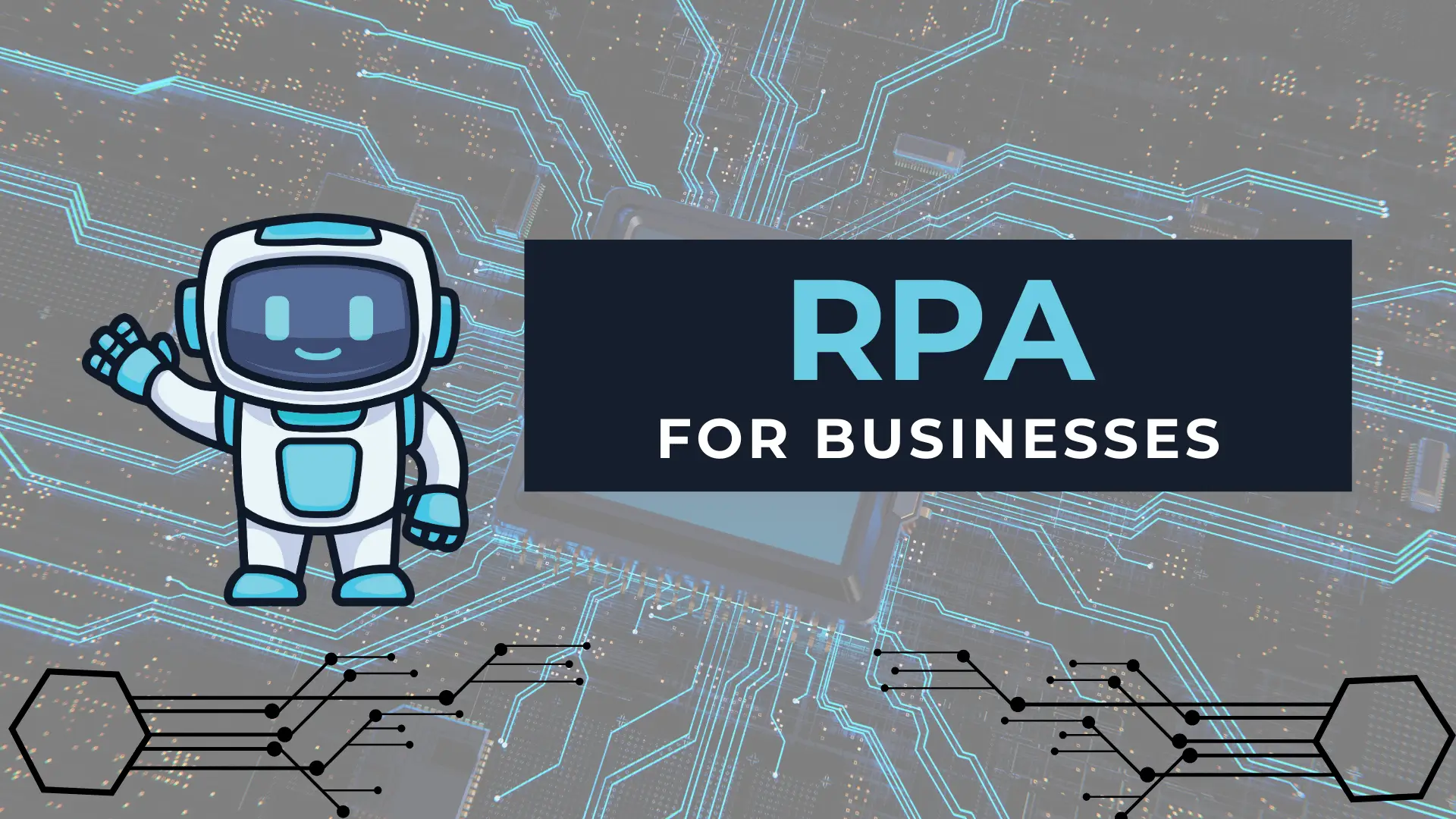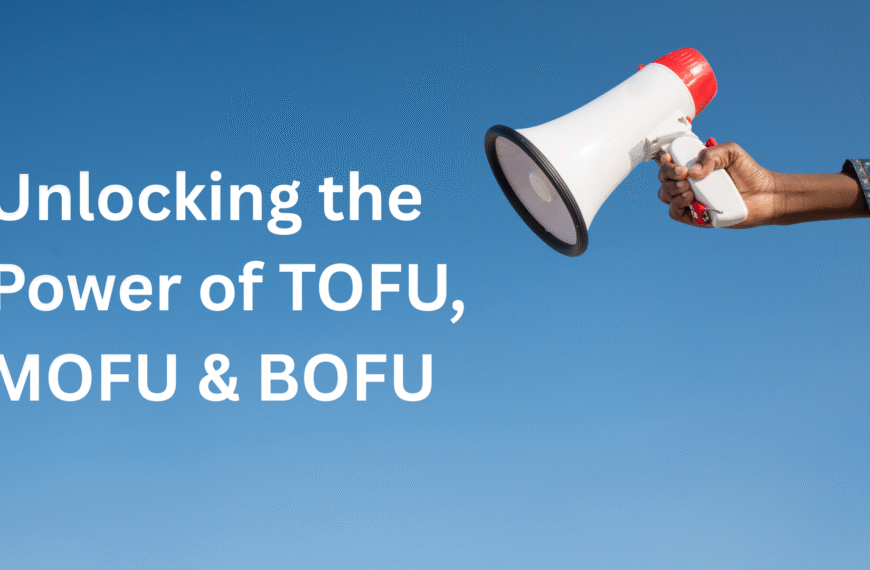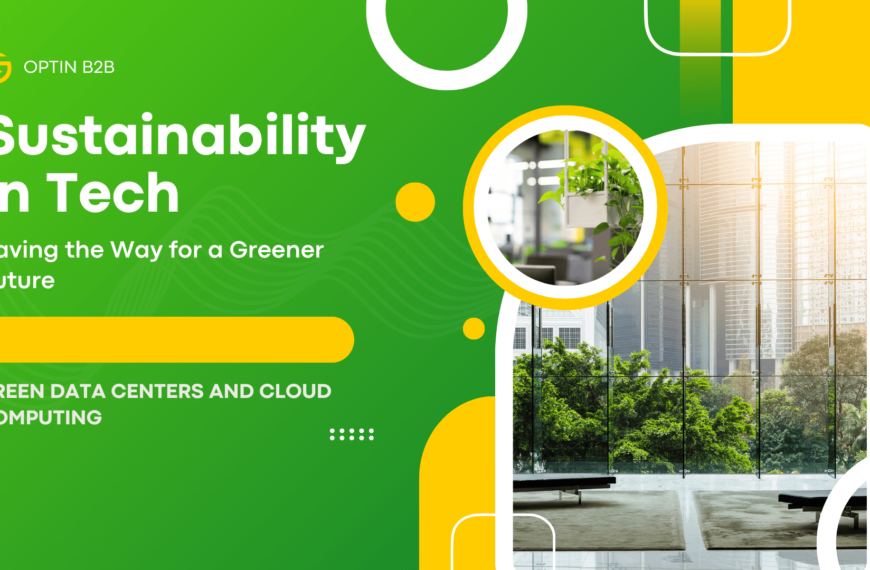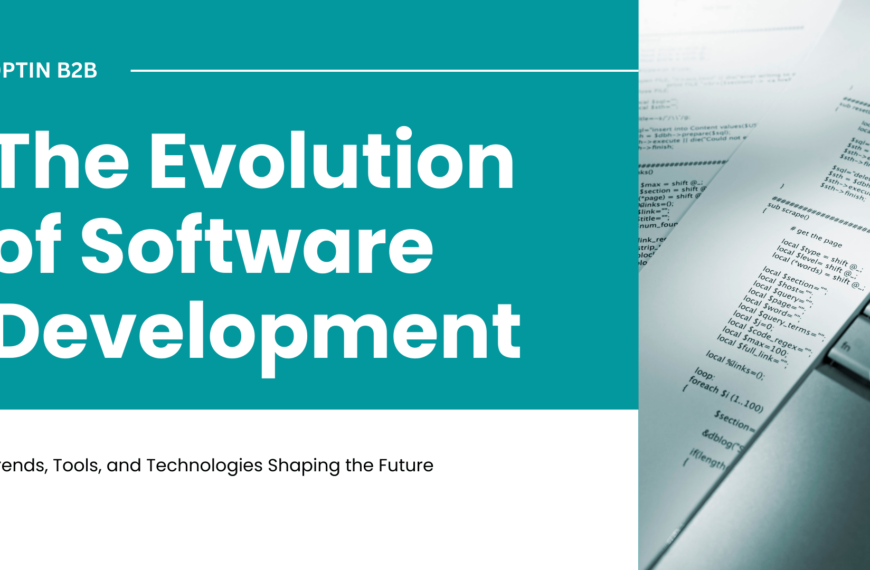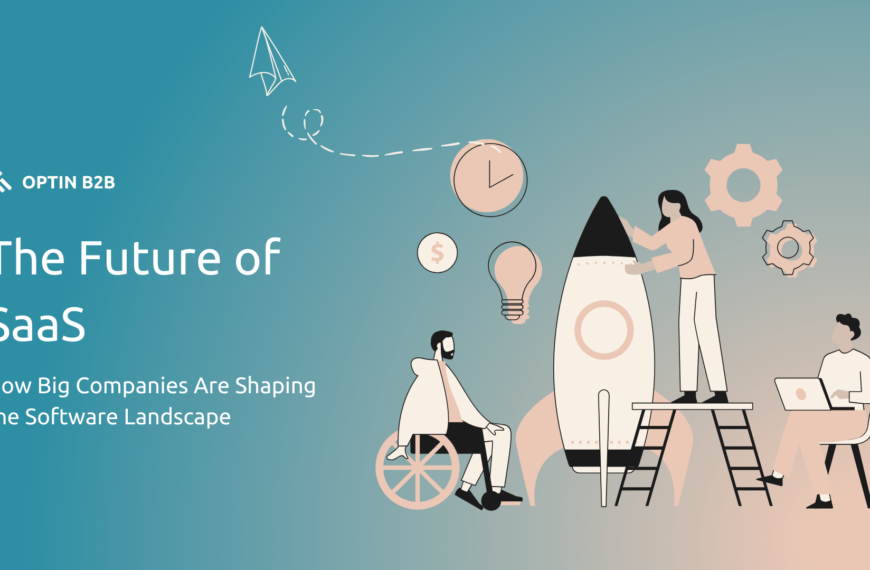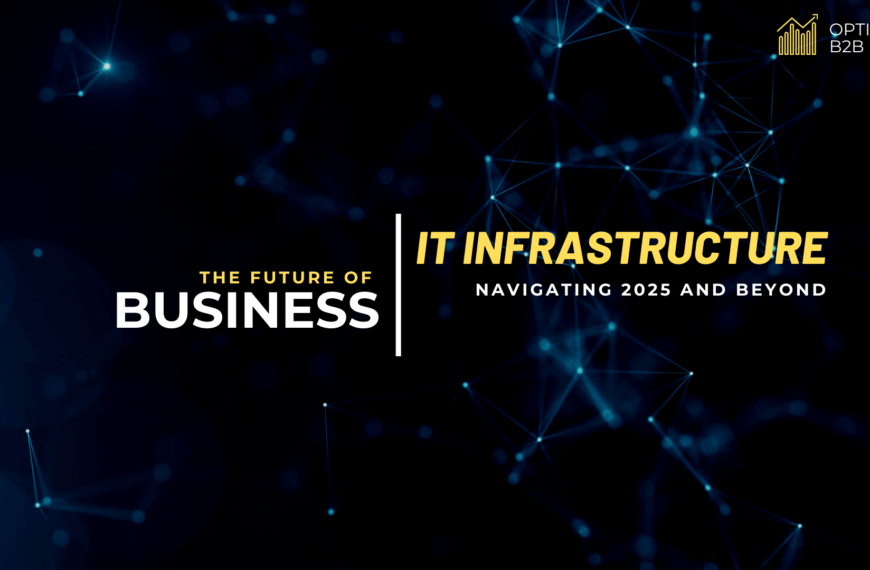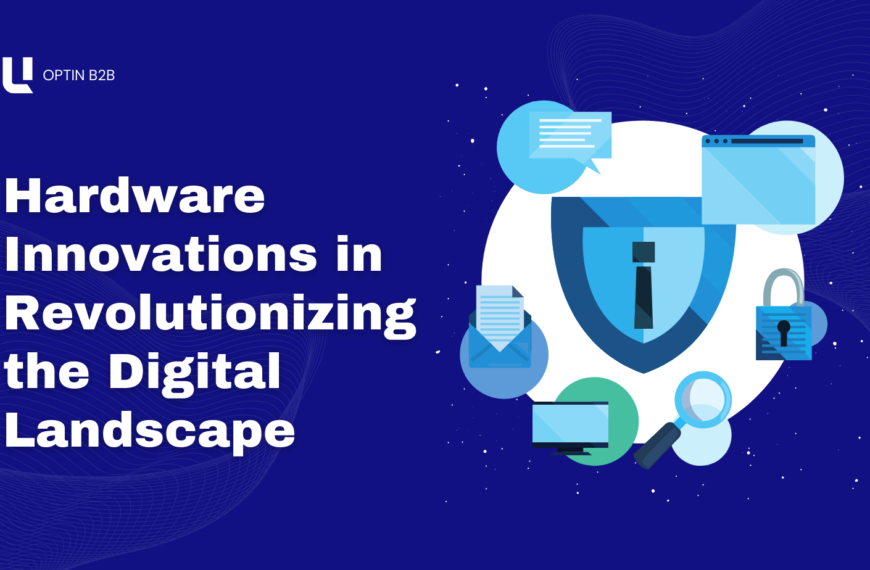As we move into 2025, the logistics and supply chain landscape is evolving faster than ever. Automation, AI, and sustainable practices are no longer just trends but essential components of business operations. Amazon continues to set the pace with its use of drone deliveries, while DHL is making strides in the electric vehicle space, moving closer to carbon neutrality.
Blockchain technology will play a pivotal role in 2025, with global logistics companies like Maersk using it to provide real-time transparency in their operations. This digital ledger ensures secure and transparent transactions, making the supply chain more reliable.
AI and predictive analytics will revolutionize demand forecasting and inventory management. FedEx is already utilizing these technologies to predict and prevent disruptions in real time, ensuring smoother deliveries and optimized routes. These innovations will become commonplace in 2025, drastically reducing lead times and increasing efficiency.
Sustainability will remain at the forefront as pressure builds on companies to reduce their carbon footprints. Logistics giants like UPS are investing heavily in green logistics, from energy-efficient warehouses to reducing emissions in the transportation fleet.
By 2025, the use of digital twins—virtual simulations of physical supply chains—will help companies like Caterpillar improve decision-making and anticipate potential disruptions. This will lead to more resilient and adaptable supply chains, capable of weathering unforeseen challenges in the ever-changing global landscape.
The logistics industry in 2025 will be marked by heightened reliance on advanced technologies like AI, blockchain, and automation, all while sustainability remains a primary concern. Companies that leverage these technologies will not only lead the market but will also set the standards for the next generation of logistics. Staying ahead of these innovations is critical for businesses aiming to thrive in the future of logistics.

